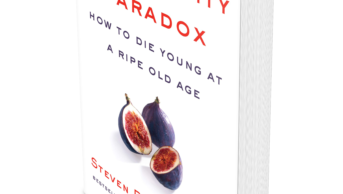
The first edition of this book was published in 2003. This current edition, now revised and updated, provides evidence-based formulations in easy-to-follow “recipes” for 197 non-sterile preparations, including 39 preparations new to this edition.
A comprehensive literature search was carried out to identify new drugs with extemporaneous formulations and new formulations of drugs that appeared in the previous edition of the book. Multiple published formulations of medicines with the same concentration, as well as formulations with differing concentrations, are offered to enable pharmacists to select the most appropriate formulation for their patients.
Each formulation includes ingredients, preparation details and instructions, storage conditions, special instructions, alternatives, expiration dates, references and documented stability data.
The book is divided into three parts, elixir/solution/suspension/syrup, topical/ophthalmic solution and commercially available products. At first sight, the need to include commercially available products seems to be unnecessary, but with drug shortages being such a problem it is helpful for pharmacists to be able to prepare, if required, medicines for this group of patients.
The four appendices relate to US practice but still make interesting reading. Appendix A offers an overview of USP795 — pharmaceutical compounding of non-sterile preparations. Appendices B and C are American Society of Health System Pharmacists (ASHP) documents reproduced in full – ASHP Technical Assistance Bulletin on compounding non-sterile products in pharmacies and ASHP Guidelines on pharmacy-prepared ophthalmic products.
The most interesting appendix is the Michigan Pediatric Safety Collaboration: standardised concentrations of compounded oral liquids. This project marks the first attempt to standardise concentrations of compounded oral liquids in the United States. It is interesting to note that as part of an initiative to reduce preventable harm from medicines, the US Food and Drug Administration has awarded a three-year contract to ASHP to develop and implement national standardised concentrations for intravenous and oral liquid medicines
It is worth noting that some of the excipients, such as Ora-Sweet, Ora-Plus and Ora-Blend, that appear in many of the formulations are branded products made in the United States but are available in the UK.
This book has value to pharmacists who are required to prepare, extemporaneously, liquid oral medicines or ophthalmic solutions for children or older patients.
References
‘Extemporaneous formulations for pediatric, geriatric and special needs patients, 3rd edition’, by Rita K Jew, Winson Soo-Hoo, Sarah C Erush and Elham Amiri. Pp xiii+232. Price US$79. Maryland: American Society of Health-System Pharmacists; 2016. ISBN 978 1 58528 5242


